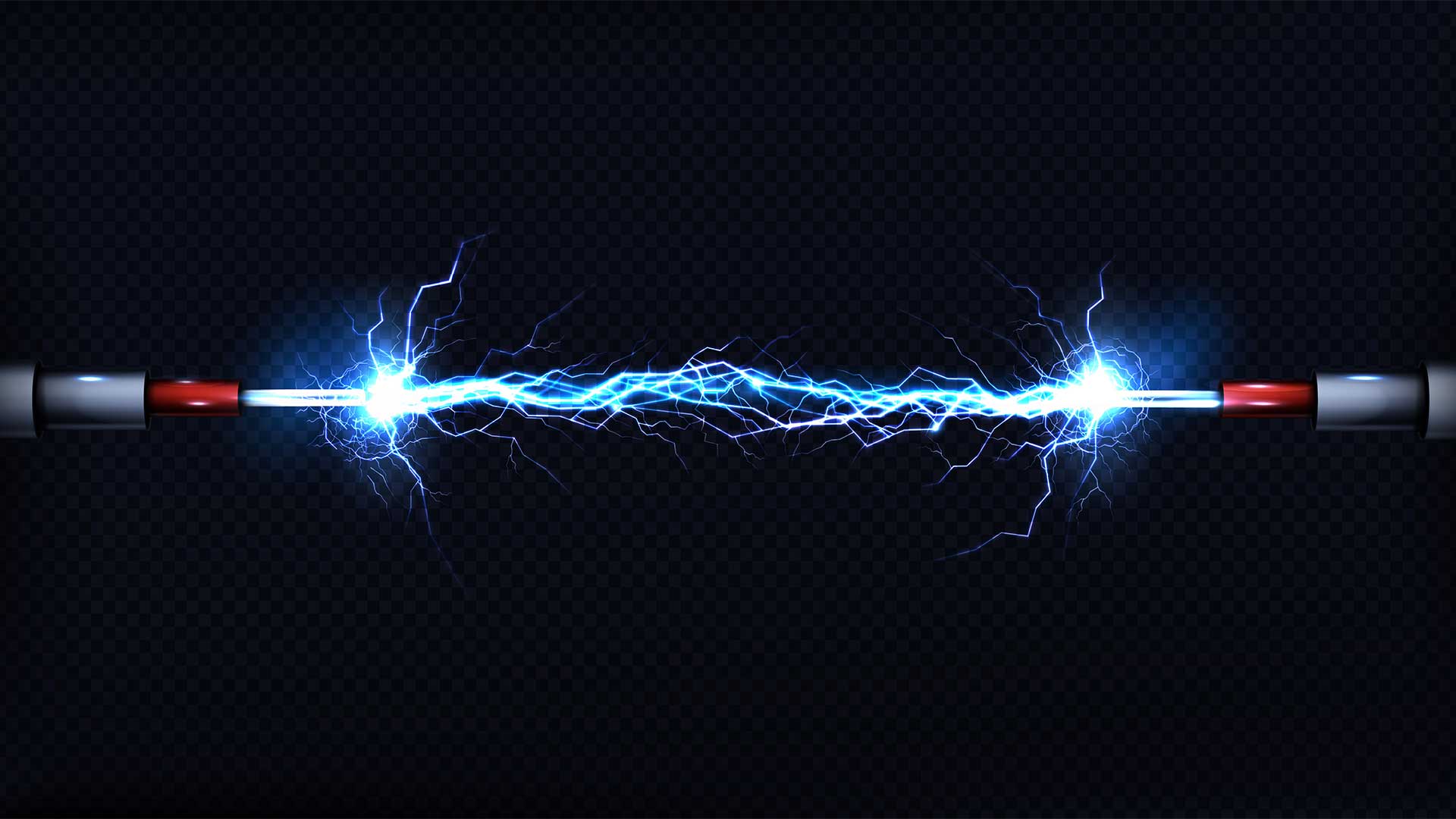
Looking for Clean Electricity? Boron to the Rescue!
It’s been a while since we’ve had a blog post about the wonders of Boron’s electrical conductivity powers.
Boron is used to produce electricity, which is great for those who are looking to save on their electric bill and reduce their carbon footprint. Did you know that by using boron as an energy source, it can help reduce your greenhouse gas emissions up to 90%?
The world’s population is increasing, and so are the demands for energy. Harnessing renewable sources of electricity like solar and wind power has been a necessary step in meeting this demand while also reducing our reliance on fossil fuels. Boron can be used to produce clean, sustainable electricity by converting it into borax or boric acid at high temperatures with coke as the fuel source.
What is Plasma Confinement and Why is it Important?
It’s not the lack of heat that has been holding back efforts to produce nuclear fusion on Earth – it is, instead, a process called plasma confinement. Most research has focused its attention on using hydrogen isotopes which require only 100 million degrees for their fission reaction to initiate (which isn’t very hot at all).
However, Boron requires about a billion-degree temperature in order for it to undergo a fission event and this would be problematic if we were limited by what was naturally available. Fortunately, there are certain natural processes such as those found with lightning strikes or solar flares that regularly achieve temperatures higher than 1Billion-degrees when they occur over microsecond time scales. This is perhaps the only drawback that there is in producing electricity from boron.
Boron is the most sustainable element for producing energy . Despite a few setbacks, Boron continues to be an efficient and effective form of renewable energy. In fact, one ounce can power 3 laptops!
Energy from Algae
Let’s hop into a study. The contribution of Boron to enhance the photosynthetic machinery of green algae was investigated once. That’s right, we’re talking about algae. I mean how exciting can it really be to generate electricity from something that is so closely related to the likes of plankton?
Well for starters there are two types: brown and green, but as you may have guessed by now they both make use of photosynthesis which results in oxygen production while also absorbing carbon dioxide; additionally, this process requires no additional inputs other than water! The end goal here is absolutely a noble one, namely reducing our dependence on natural resources like coal (which will inevitably run out before long) or worse yet fossil fuels altogether. So what does boron have anything to do with all this?
In this work, apparently, a new bio-electrochemical fuel cell was constructed and the effect of boron was investigated to obtain improved electrogenic activity of a green algae (Choricystis sp.). In a specially designed bio-electrochemical fuel cell, electrode combinations of indium tin oxide (ITO) and a carbon layer are used. Open circuit potential (OCP) measurements of algal cells placed bio-electrochemical fuel cells were performed with a cyclic on-off illumination of a LED light source.
The results revealed that 60 μM is the efficient boron concentration for the algal growth and pigmentation. Higher doses of boron limited the algal growth. However, the algal growth reduced slightly at higher doses, pointing out a possible boron export mechanism in green algae. OCP analysis showed that hydrogen was electro-catalytically reduced at the cathode site and an 18 mV voltage was obtained from boron-deficient (0 μM) Choricystis sp. samples.
A significant enhancement in voltage output up to 33 mV was achieved from 60 μM of boron-treated algal samples. The maximum power density was calculated from the boron-treated Cholecystitis sp. at pseudo-steady state as 42.2 mW m−2 at a current density of 154 mA m−2.
Boron Nanotubes
Nanotubes are really interesting. Have you ever seen one? They’re tiny and thin, usually only a few atoms wide! Scientists have recently discovered that putting an electric field through zigzag boron nitride nanotubes(BNNTs) can cause them to spontaneously magnetize and switch from the normal phase (called “metamagnetic”) into what is called ferromagnetic. This means they will be attracted or repelled by other magnets nearby when their magnetic moments point in opposite directions – which also makes it fun for kids on those cold winter days if they all want to play with your fridge magnets.
Have you ever noticed the pattern on a zebra’s stripes? All of them seem to be black and white, but if you break it down even further there are actually many colors. That is because each color has its own wavelength, which determines how close they can get next to one another before blending together.
The same principle applies with these nanotubes in this study: as electrons pass through the tubes two magnetic domains were formed-one longitudinally orientated (black) while the other was transversely oriented (white). Longitudinal orientation means that all spin moments would point along an axis parallel or antiparallel with respect to Earth’s instantaneous field direction; whereas transverse orientation implies that their spins will align perpendicular/parallel with respect to Earth’s instantaneous field direction.
The Bottom Line
In summary, we investigate the effect of a transverse electric field on BNNT’s electronic and magnetic properties using first-principles calculations in this work. Not only can band gaps be modulated due to asymmetry under E but also magnetization – induced by an easy-to-apply external source – is possible because electron bands are polarized during spin flips with 2p holes. In other words: if you want more electricity in your life, then try out some new physics! And a handful of boron!





